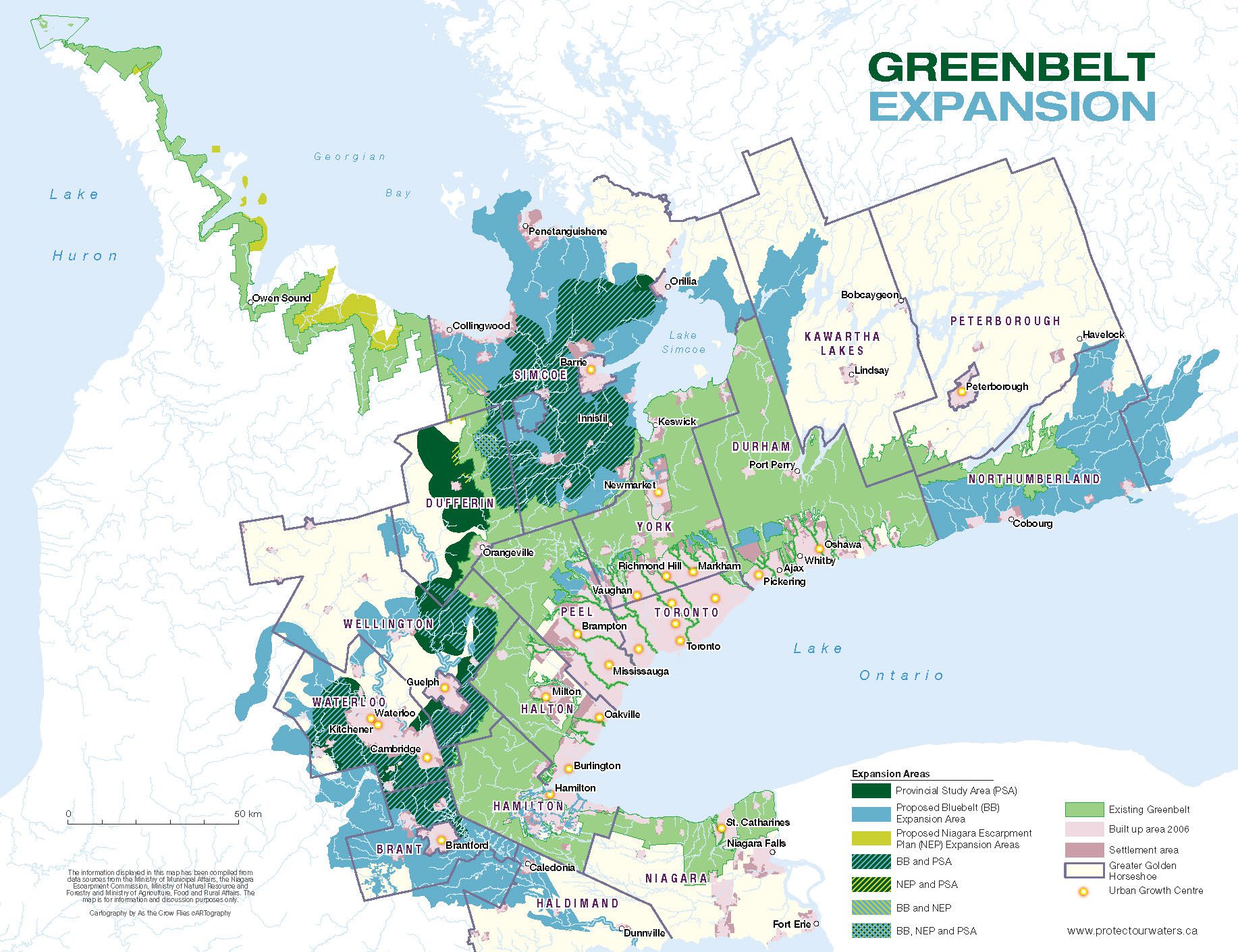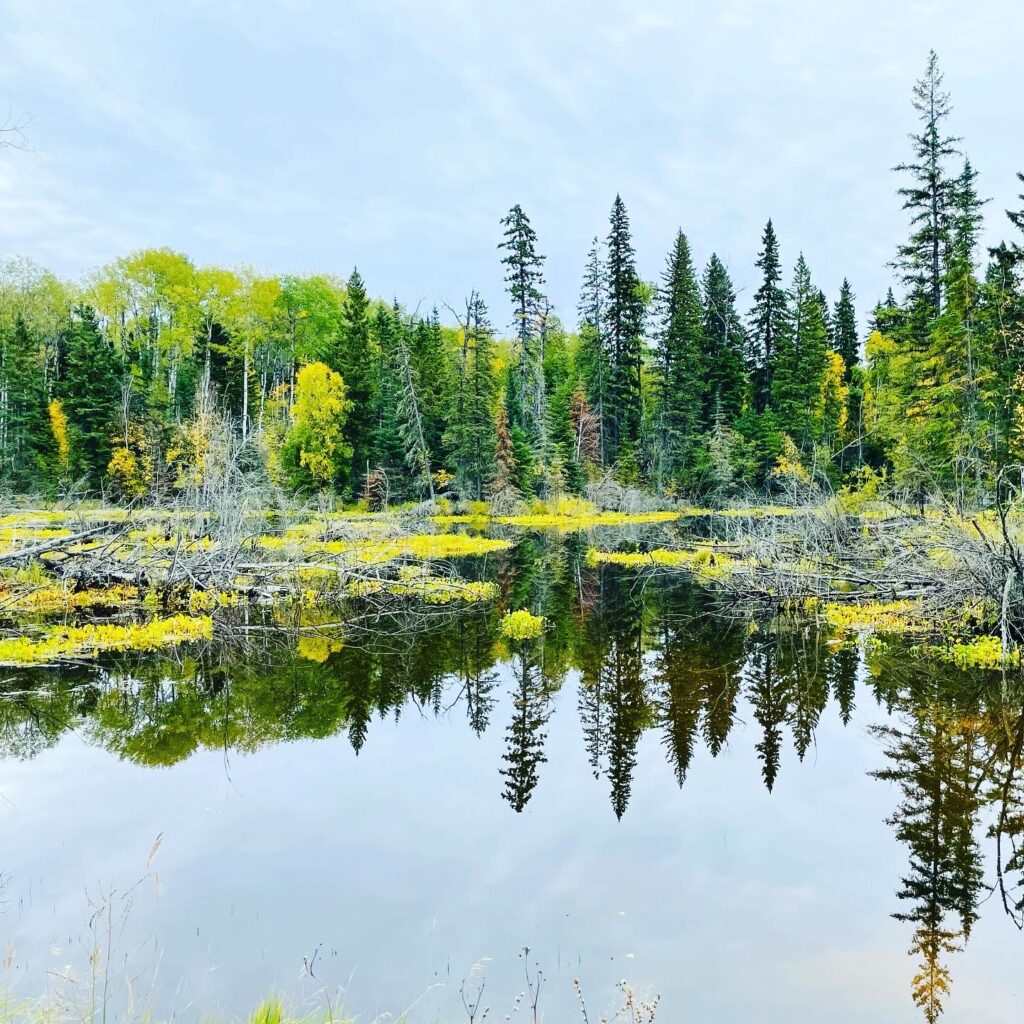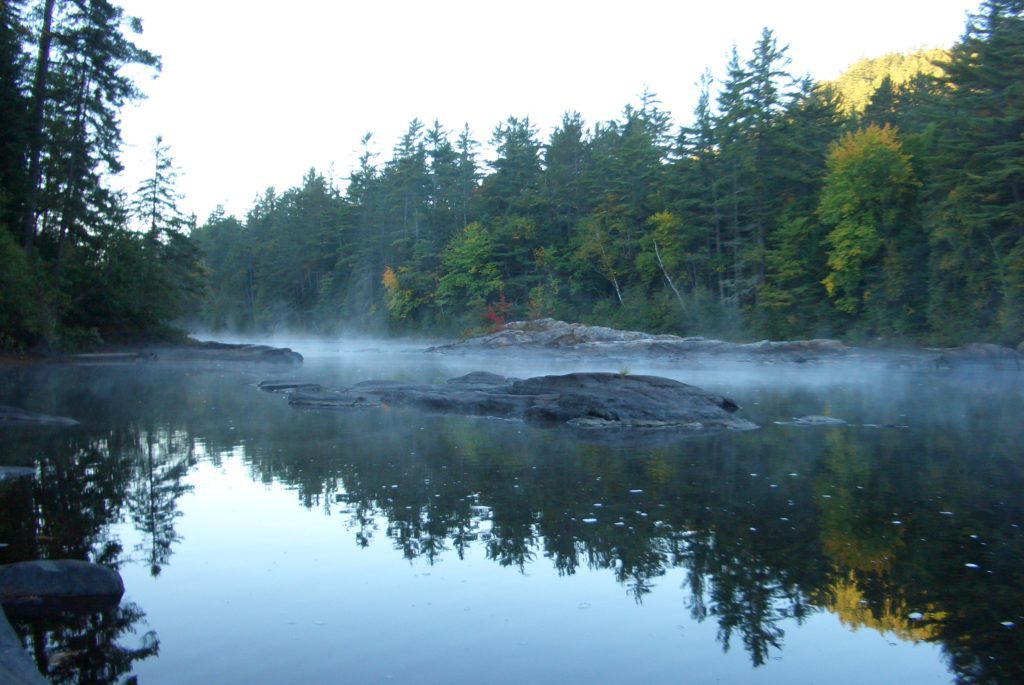Good news! Today, the province of Ontario announced a 90 day consultation process and released a map identifying seven areas where a potential expansion of the Greenbelt could occur.
The provincial map identifies proposed areas in Dufferin County along the Niagara Escarpment, in Simcoe County, and the Paris Galt Moraine. This is great for the communities and wildlife that depend on these watersheds.
But the proposed map is not enough, and vulnerable areas are missing. Tell the government their proposal to protect the region’s water sources is a good first step, but doesn’t go far enough.

Vulnerable water supplies feeding the needs of 1.25 million people in the Greater Golden Horseshoe should be added to the Greenbelt. It is critical for the ongoing prosperity of the region that these rural areas are protected from urbanization. Key areas that need to be added to the Greenbelt include the Iroquois shoreline, Brant County, Wellington County and Carruthers Creek.
Why Greenbelt protection matters
Underground reservoirs called aquifers provide drinking water for communities and act as base flow for many rivers and streams. Moraines also act as sponges, soaking up water to naturally manage floods. As droughts and floods are expected to become more prevalent with climate change, protecting these features will ensure clean water supplies for people, nature and farms.
Many inland communities rely on groundwater for their drinking needs. If urban sprawl continues, piping in water from the Great Lakes will be a costly alternative to protecting groundwater sources. Big pipe systems not only add to our tax burden but facilitate sprawl. Securing groundwater protection for future generations makes the most economic sense.
Four million more people will call this region home in the next 25 years, so now is the time to secure future water supplies.
During the 2015 review of the Greenbelt Plan, thousands of letters were sent to the province asking for expansion of the Greenbelt. 120 member groups of the Ontario Greenbelt Alliance proposed the creation of a Bluebelt that would protect 1.5 million additional acres of sensitive land.

Over the last 10 years, the Greenbelt Plan has been effective at protecting water systems and land within its boundaries. It’s time to expand the Greenbelt to permanently protect our vulnerable water sources.
Take action by signing our letter to the province today and attend a provincial consultation meeting in your area.









